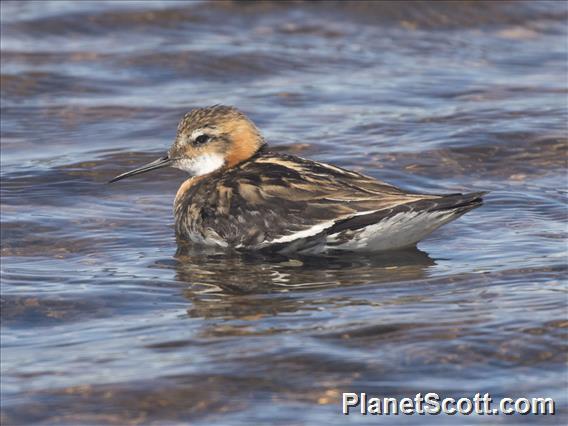Red-necked Phalarope (Phalaropus lobatus)

Red-necked Phalarope (Phalaropus lobatus)
×


Red-necked Phalarope (Phalaropus lobatus)
About Red-necked Phalarope (Phalaropus lobatus)
- Kingdom: Animals
- Phylum: Chordates
- Class: Birds
- Order: Pelicans
- Family: Sandpipers and Allies
The red-necked phalarope, also known as the northern phalarope and hyperborean phalarope, is a small wader. This phalarope breeds in the Arctic regions of North America and Eurasia. It is migratory, and, unusually for a wader, winters at sea on tropical oceans.
Source: Wikipedia
Lifelists
Visits
-
2002-05-28
Farallones Marine Sanctuary, United States of America -
2006-09-17
Lake Merced , United States of America -
2006-09-24
Elkhorn Slough, United States of America -
-
2008-08-29
Pier 94, United States of America -
2010-05-17
Farallones Marine Sanctuary, United States of America -
2010-05-29
Saint George Island, United States of America -
2012-07-21
Don Edwards National Wildlife Refuge - Alviso, United States of America -
2012-08-12
Redwood Shores - Radio Road, United States of America -
2012-08-25
Pescadero Marsh, United States of America -
2013-08-18
Farallones Marine Sanctuary, United States of America -
2014-07-16
Nome, United States of America -
2014-07-17
Nome--Safety Sound, United States of America -
2014-07-18
Nome-Kougarok Road, United States of America -
-
-
-
-
-
-
-
-
2024-10-25
Salinas River National Wildlife Refuge, United States of America







